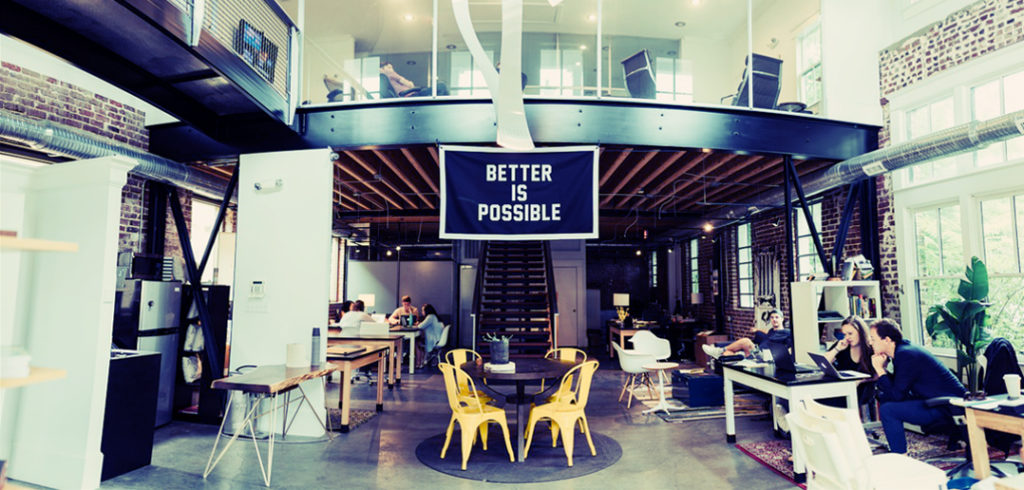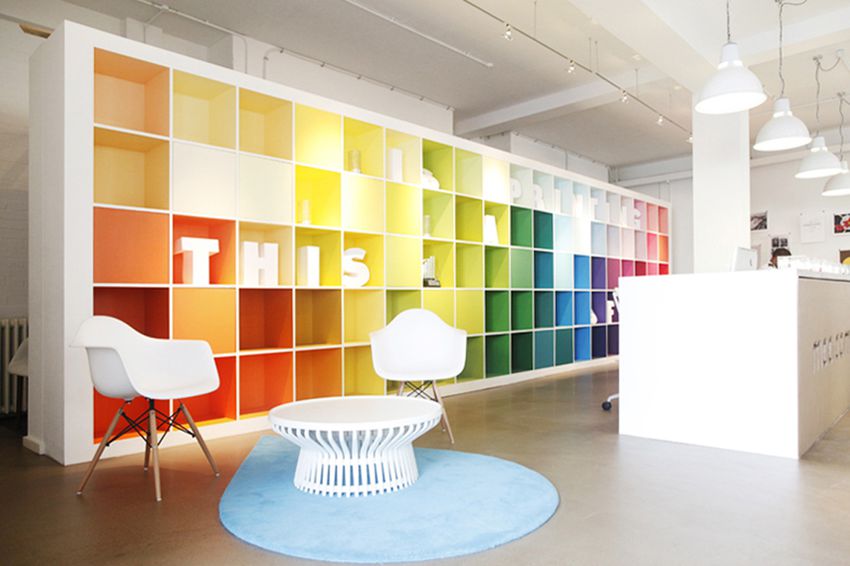Interior design in the office holds significant importance as it directly impacts employee productivity, well-being, and overall work quality. A well-thought-out interior design creates a conducive environment by optimizing space utilization, promoting comfort through ergonomic furniture, suitable lighting, and good air quality, and fostering a layout that encourages collaboration and focused work. Strategic use of color schemes, natural elements, and sound management techniques can positively affect mood and concentration levels, contributing to increased productivity. Moreover, a thoughtfully designed office space reflects the company’s values, culture, and brand identity, thereby enhancing employee satisfaction, engagement, and retention. Ultimately, effective interior design in the office serves as a catalyst for creating a conducive and inspiring work environment that supports both the physical and psychological well-being of employees, resulting in improved performance and productivity.








RECENT COMMENTS